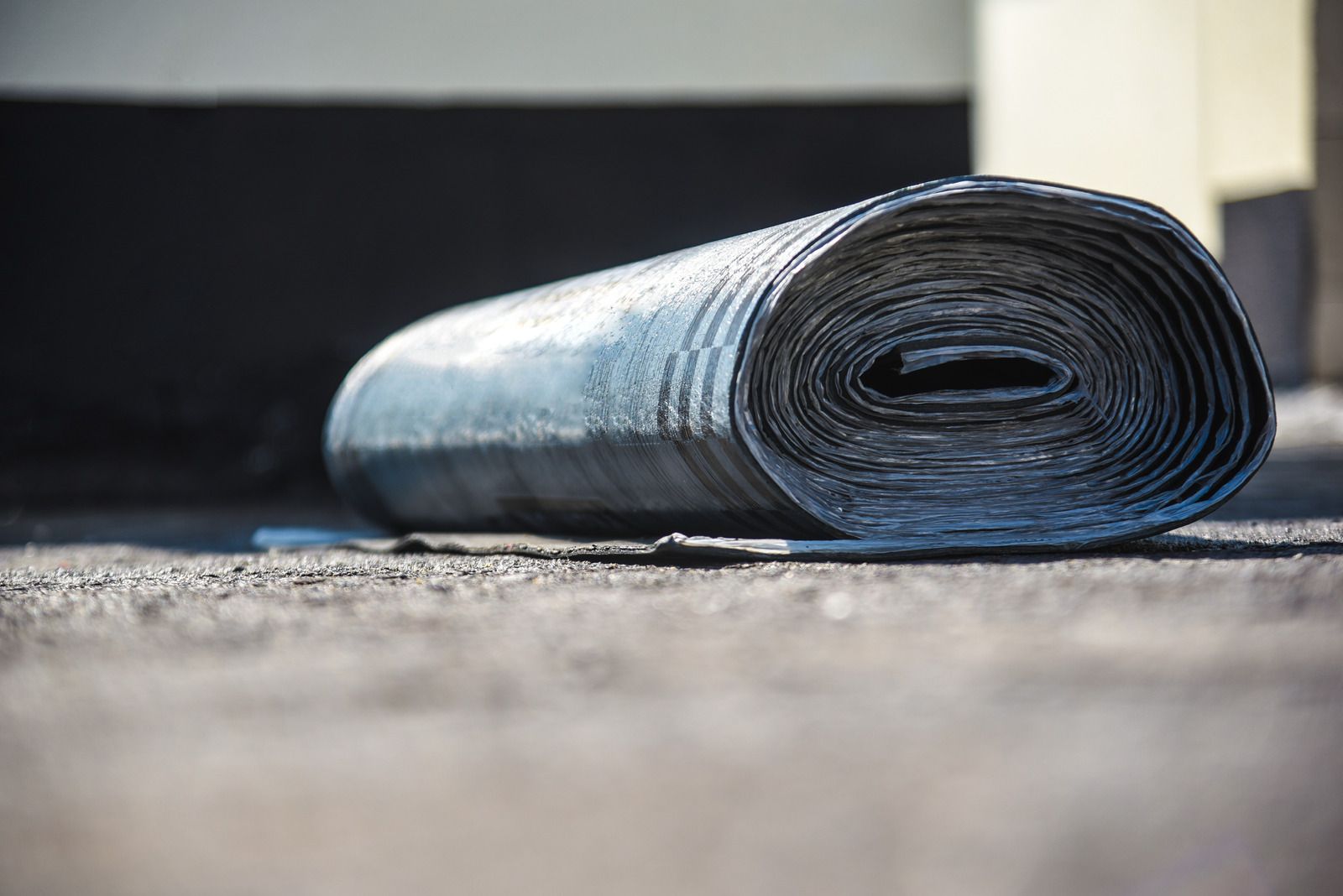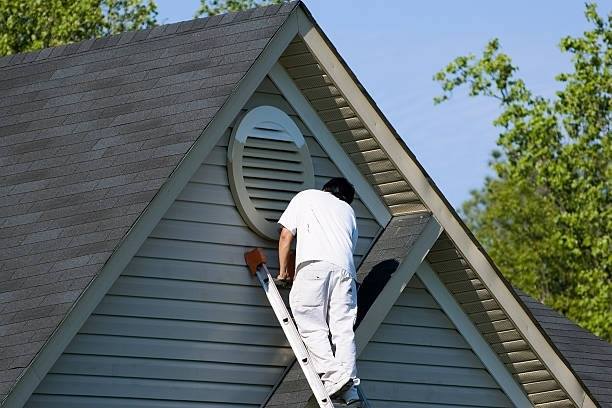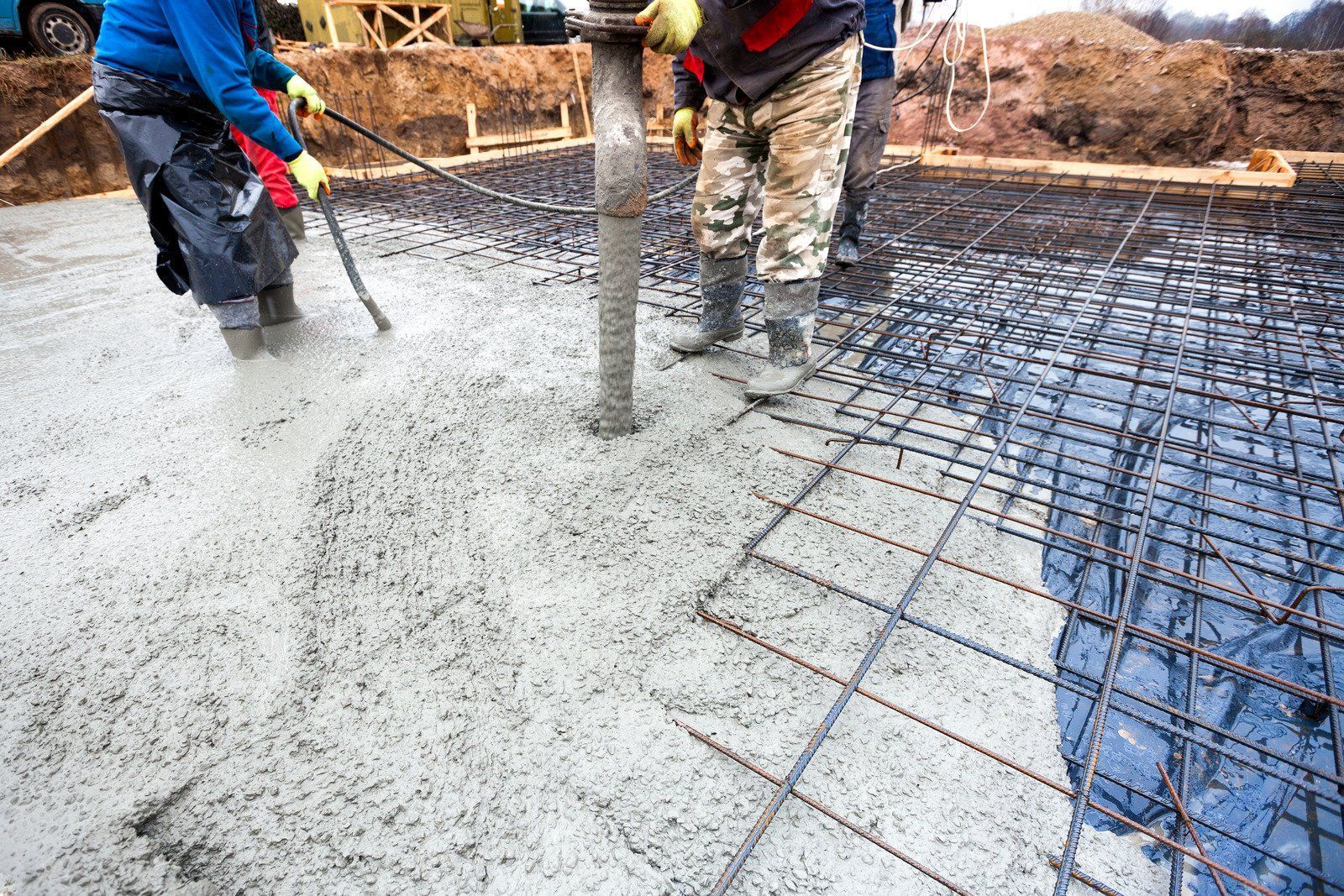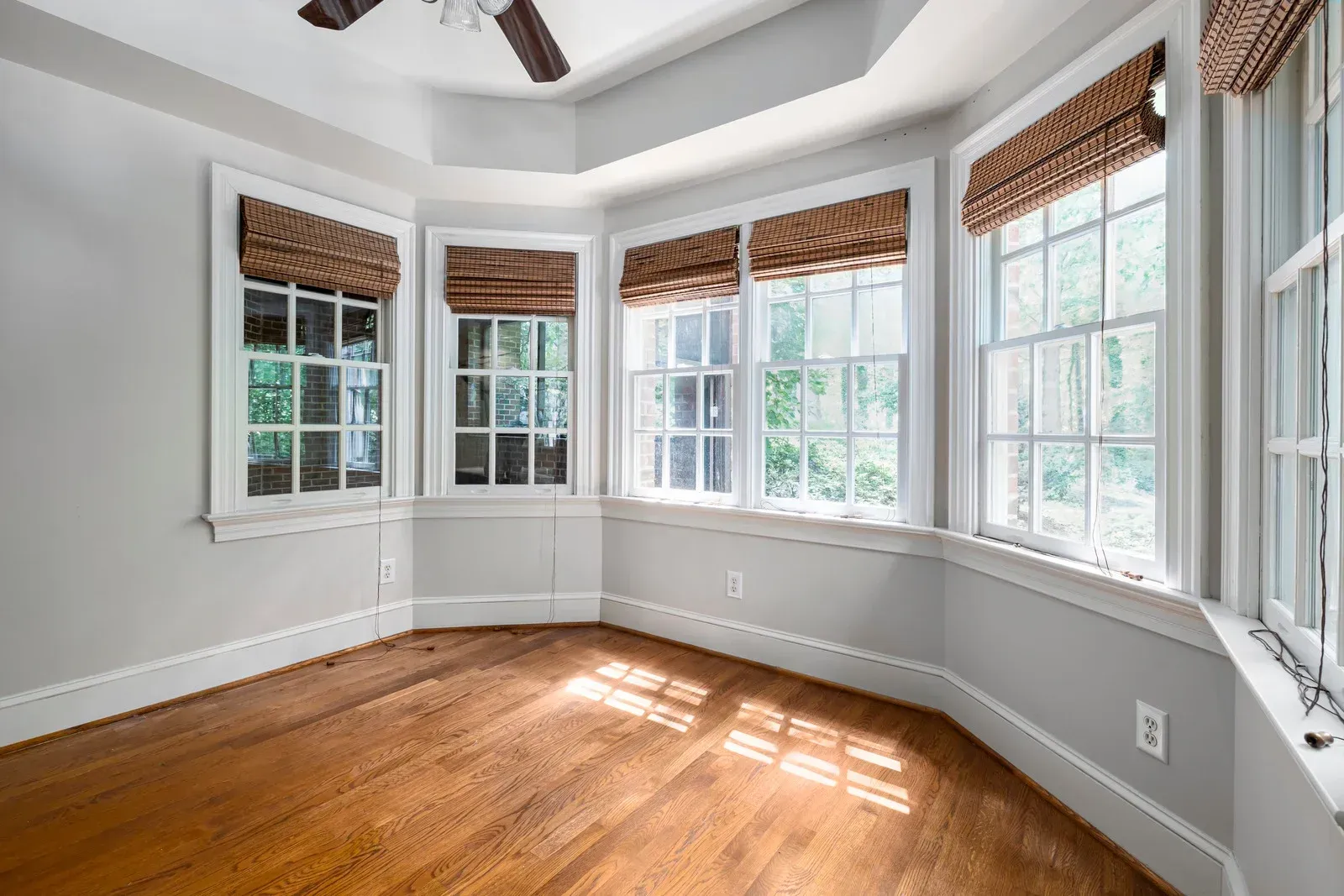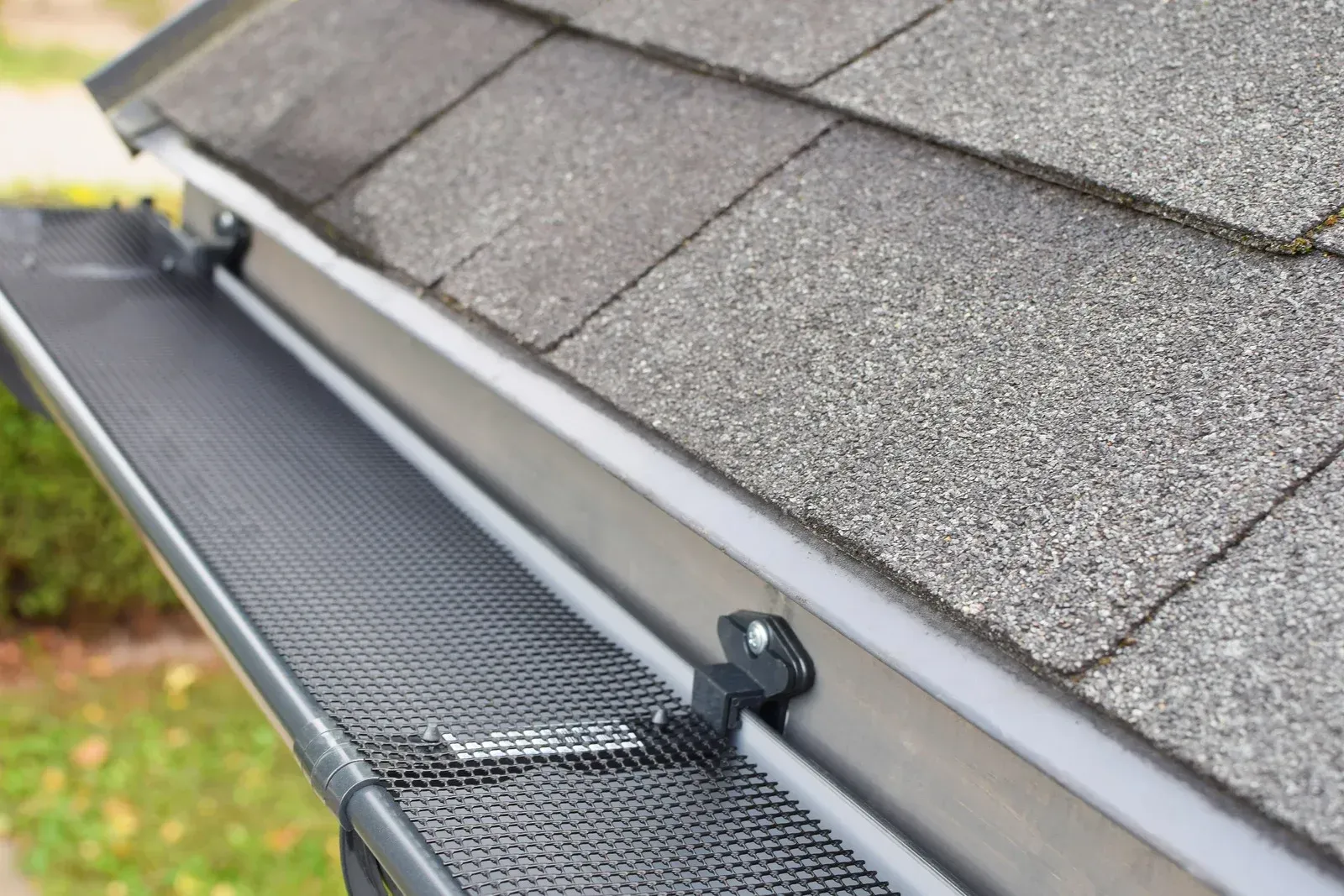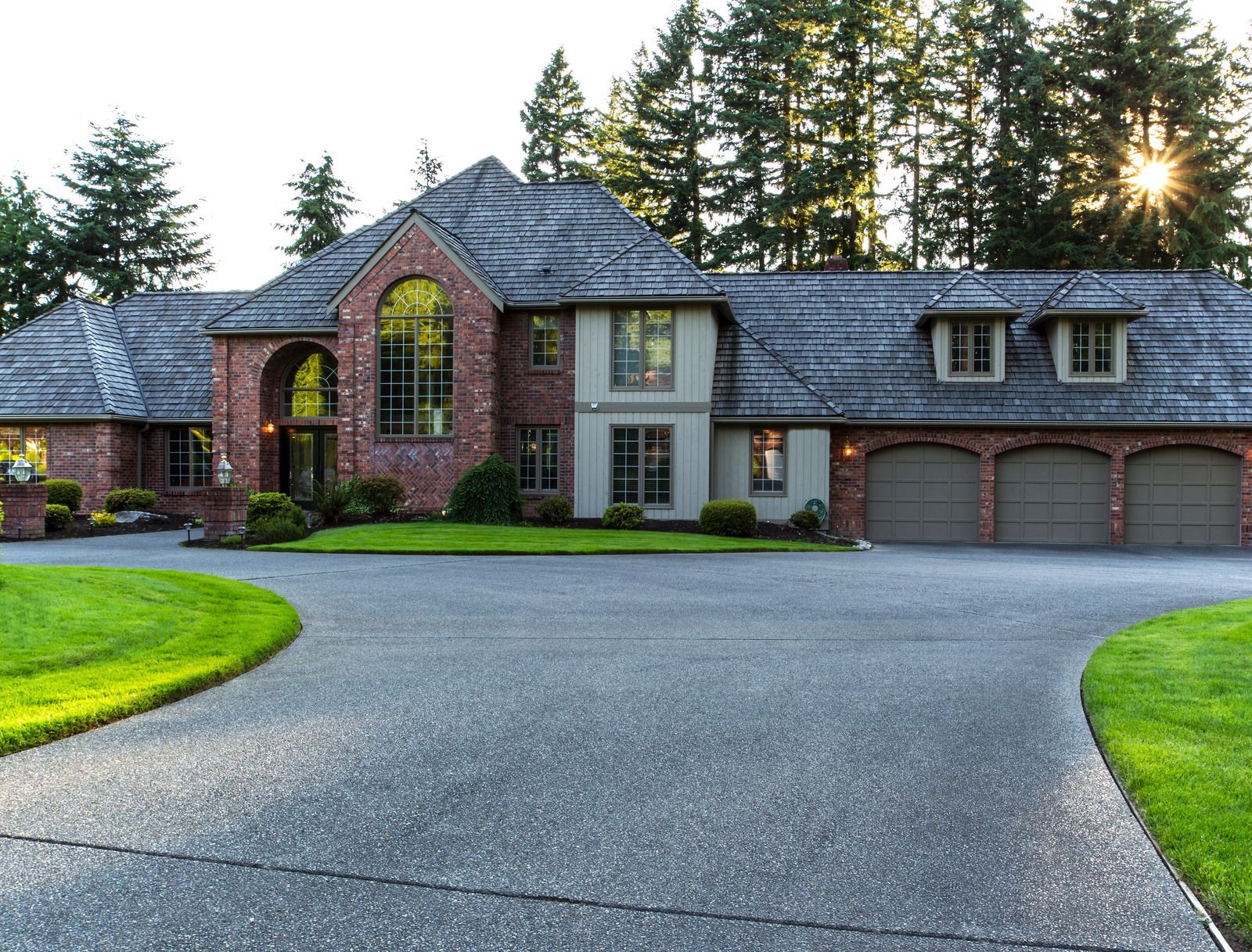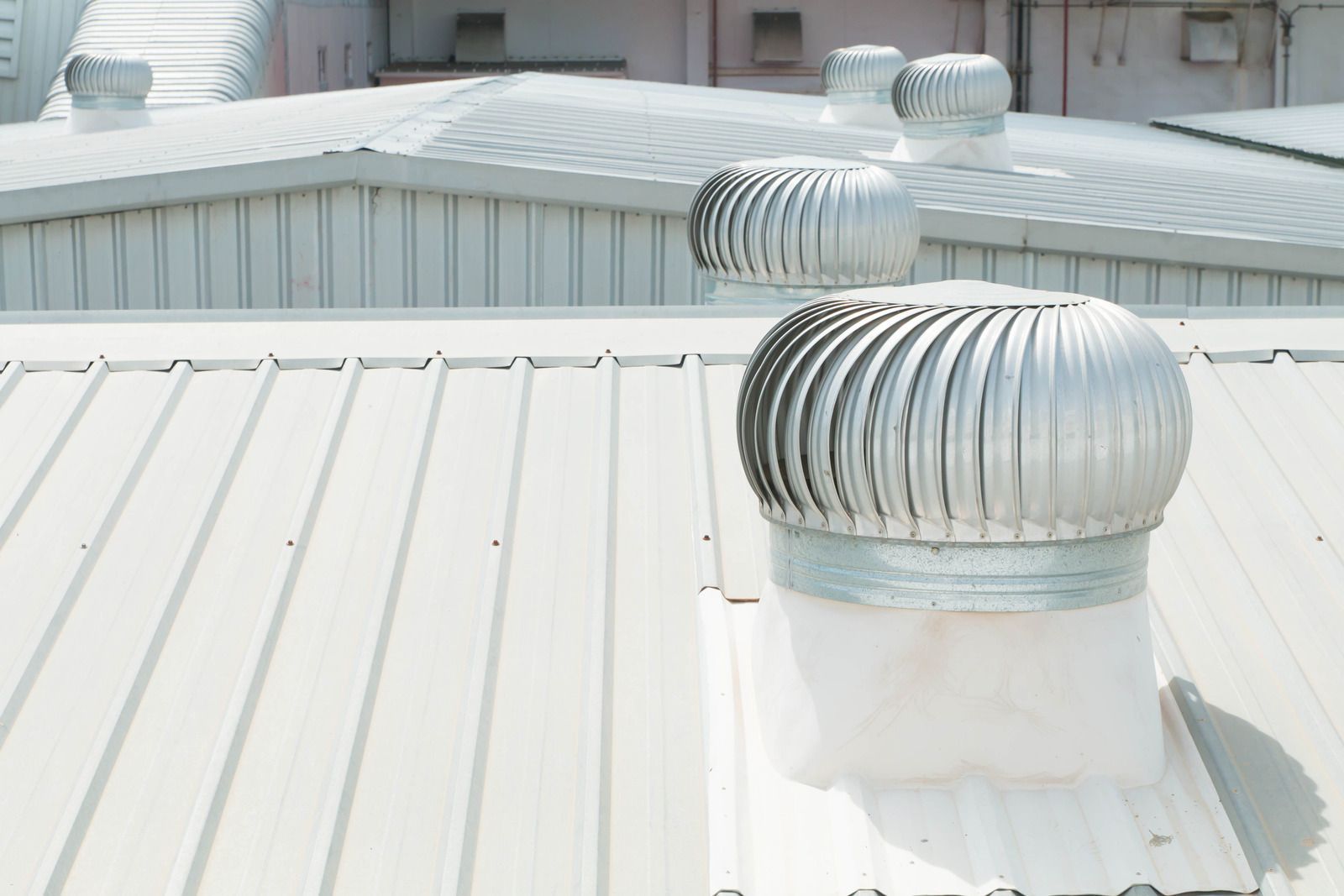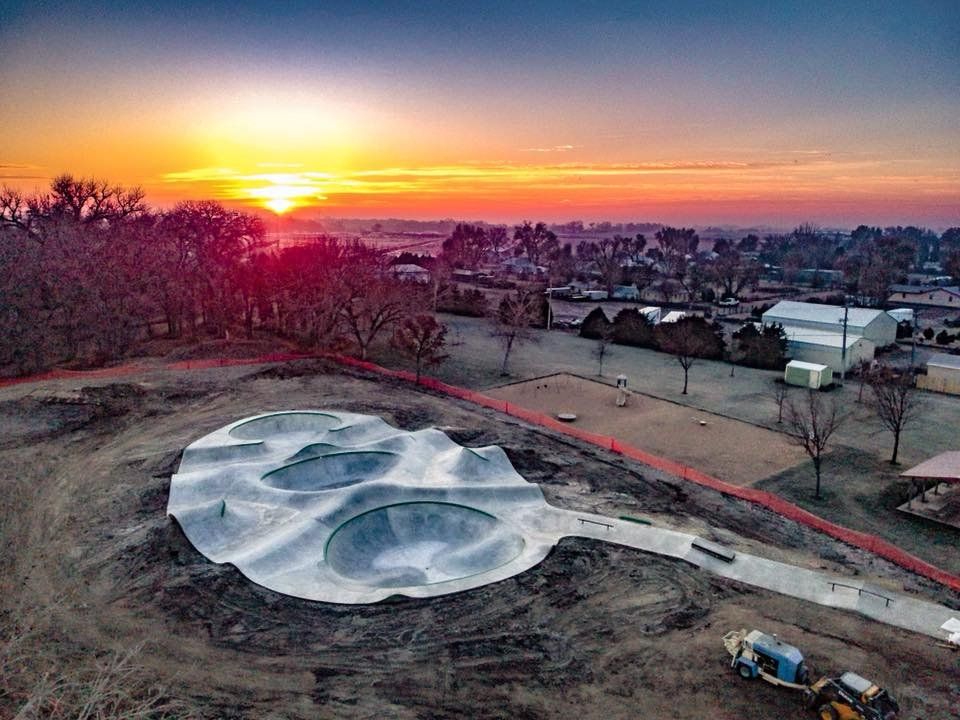Insurance and Storm Damage For Roofs: What You Need to Know
Storms can be dangerous and can damage your home. The worst affected element of your home in the aftermath of a storm is the roof. If you know the ins and outs of the insurance coverage for your roof, it will benefit you. The knowledge about this important aspect will be your armor in times of need when the damage needs to be dealt with. This blog will guide you through the intricacies of insurance and storm damage for roofs.
The Ins and Outs of Your Roof Insurance Coverage
Most homeowners' insurance policies include coverage for roof damage caused by some definite dangers, such as windstorms, hail, and falling objects. High-velocity winds can dislodge shingles, tiles, or even rip off entire sections of your roof. Large hailstones can cause significant damage to roofing materials. Branches, trees, or other debris can puncture your roof.
The different specifics of the policy that is giving you insurance needs to be studied properly. Deductible is the amount you pay out-of-pocket before your insurance kicks in. Your policy will specify the maximum amount your insurer will pay for roof damage. Some policies exclude certain types of damage, such as wear and tear or damage caused by poor maintenance.
Documenting Roof Damage
If your roof suffers storm damage, it's crucial to document the extent of the damage. Prioritize your safety and the safety of your family. Avoid walking on damaged areas of the roof. Take photos and videos of the damage from different angles. This documentation will be invaluable when filing a claim. Notify your insurer promptly of the damage. Provide them with detailed information about the storm and the extent of the damage.
The Claims Process
After reporting the damage, your insurance company will typically send an adjuster to assess the situation. Be prepared to provide the proof of ownership which includes your home's deed and mortgage information. If you've made previous modifications to your roof, have these permits ready. Maintain records of any previous roof repairs or replacements.
The adjuster will inspect the damage and determine the extent of the coverage. You may need to provide additional documentation, such as receipts for repairs or estimates from contractors.
Common Roof Damage Issues
Storms cause a lot of damage to your roofs and they may be of varied types. Wind and hail can cause shingles to crack, curl, or become dislodged. Storm winds can damage or dislodge flashing, leading to leaks. Falling objects can create holes in your roof. Strong winds and heavy rain can damage these components.
Preventing Future Roof Damage
To reduce and cancel the risk of future storm damage, schedule regular inspections to identify potential problems before they become severe. Keep your roof in good condition by clearing gutters, trimming trees, and addressing minor repairs promptly. Secure loose items around your property that could become projectiles during a storm.
When you understand your insurance coverage, document damage effectively, and take preventive measures, you can protect your home and
minimize the financial impact of storm damage.
